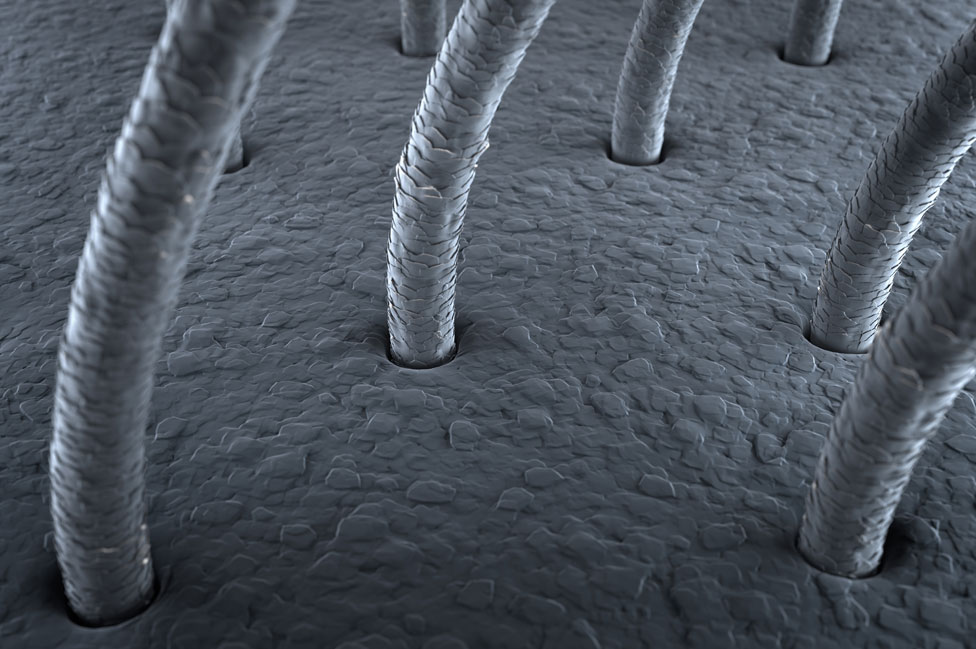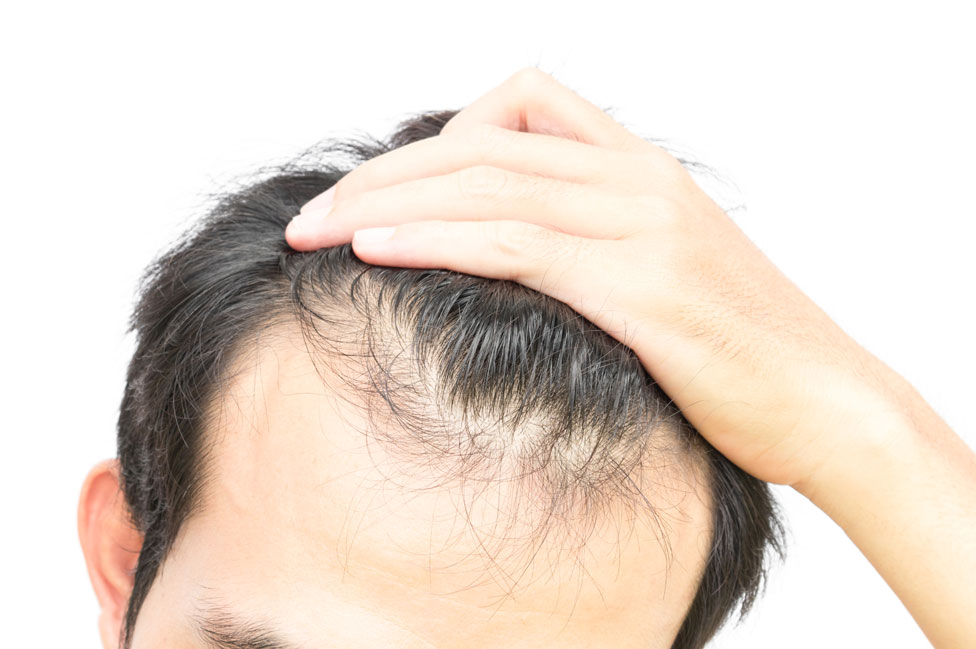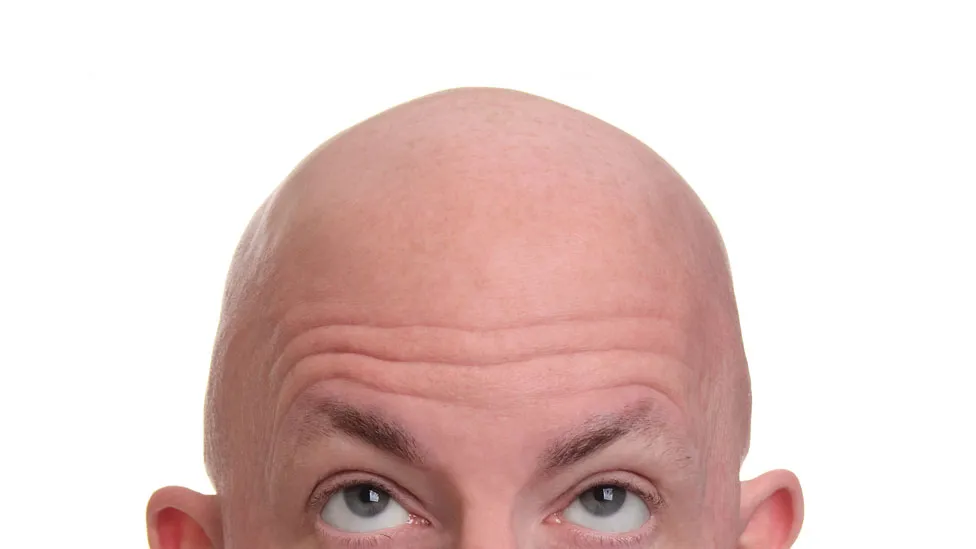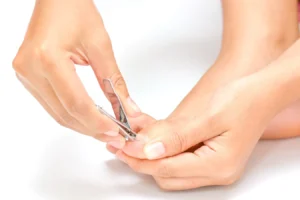Every year, people around the world spend nearly US$8.5 billion on hair loss-related treatments.
This is an extraordinary figure, revealing how deeply this problem affects people and how desperate they are for a solution.
But the truth is that until now there is no cure for hair loss, nor a treatment that makes it grow back.
Today, many men undergo expensive alternative procedures such as hair transplants, which move follicles from one side of the head to the other.
But according to science journalist Stephen Buranyi, the oft-promised true cure has become the most perpetually delayed medical breakthrough, always “just around the corner.”
Right now, however, some treatments show promise, according to Buranyi.
But before going into detail about them, it is worth first examining why baldness is such a complicated problem to solve.
And also to understand how, until now, hopes for finding a solution have been based more on advertising hype than on scientific data.
Hair science
Hair itself is simple: it’s made up of dead cells filled with protein. But the follicles that create hair are incredibly complex.

Technically they are an organ, just like your heart or your kidneys.
They are highly specialized structures that form early in your development and cannot regenerate.
By week 22 (a little more than halfway through gestation), a fetus has developed the five million hair follicles it will have for the rest of its life.
The hair produced by these follicles can change: for example, during puberty, it becomes thicker and darker. But you can never grow new follicles again.
As for treatments, even when we didn’t know much about how hair worked in the 50s, 60s, and 70s, cures for baldness were already being promised. Most of them were ridiculous.
Injections of testosterone and steroids were offered to be rubbed into the scalp. You could also receive electric shocks or have a vacuum cleaner run over the area where you wanted hair to grow.
A Japanese pharmaceutical company even marketed a music CD that was supposed to promote hair growth.

There were so many fraudulent “cures” that in the mid-1980s, the U.S. Food and Drug Administration (FDA) outright banned any drug claiming to treat hair loss.
Advances
However, in the late 1980s, real treatments were discovered. And this was a discovery that, as so often happens in science, happened by pure chance.
It turns out that a group of doctors who were testing the effectiveness of a new drug to treat hypertension (or high blood pressure) noticed that it had a very interesting side effect: it made the patient hairier.
It was then discovered that another drug developed to treat enlarged prostates, finasteride, could slow or even stop hair loss in some people.
None of these drugs could regrow hair and they were not effective for everyone, but they were still “big news” at the time, Buranyi says.
The media called them “cures” for baldness and many people thought they were the first step on the road to a permanent solution to their hair problems.
The problem was that these treatments did not derive from a scientific revelation about hair loss. It is still a process that we do not fully understand.

And, incredibly, those two drugs remain the only ones that have been discovered in the last 30 years to help with baldness.
On the way to a solution
Although we haven’t found any new solutions, our understanding of how hair growth works has improved a lot since the 1990s.
We found that, unlike other organs, hair follicles are constantly remodeling, changing their structure depending on whether they are growing hair, shedding hair, or resting.
To do this they use stem cells, cells that can become any type of cell in the body.
Follicles are constantly developing, and they use many of the same pathways and signals that are used during early human development.
There is a biotech company run by a Turkish-American billionaire that is developing a top-secret drug that supposedly works on one of these pathways.
Human trials are currently underway and the company says the drug can regrow hair.

Several Japanese research groups claim they can clone your hair follicles and manipulate them in a lab to produce hair, which they would then transplant to your scalp.
All of these projects make much more sense, from a scientific point of view than the treatments that have been developed so far. But these are new and very complex fields.
Stem cells have so far generated far more hype than concrete results. And there is still much we don’t know about the science behind hair loss.
So while a cure now seems more realistic than at any time in the past, we should not be surprised if, once again, expectations outstrip reality.























+ There are no comments
Add yours